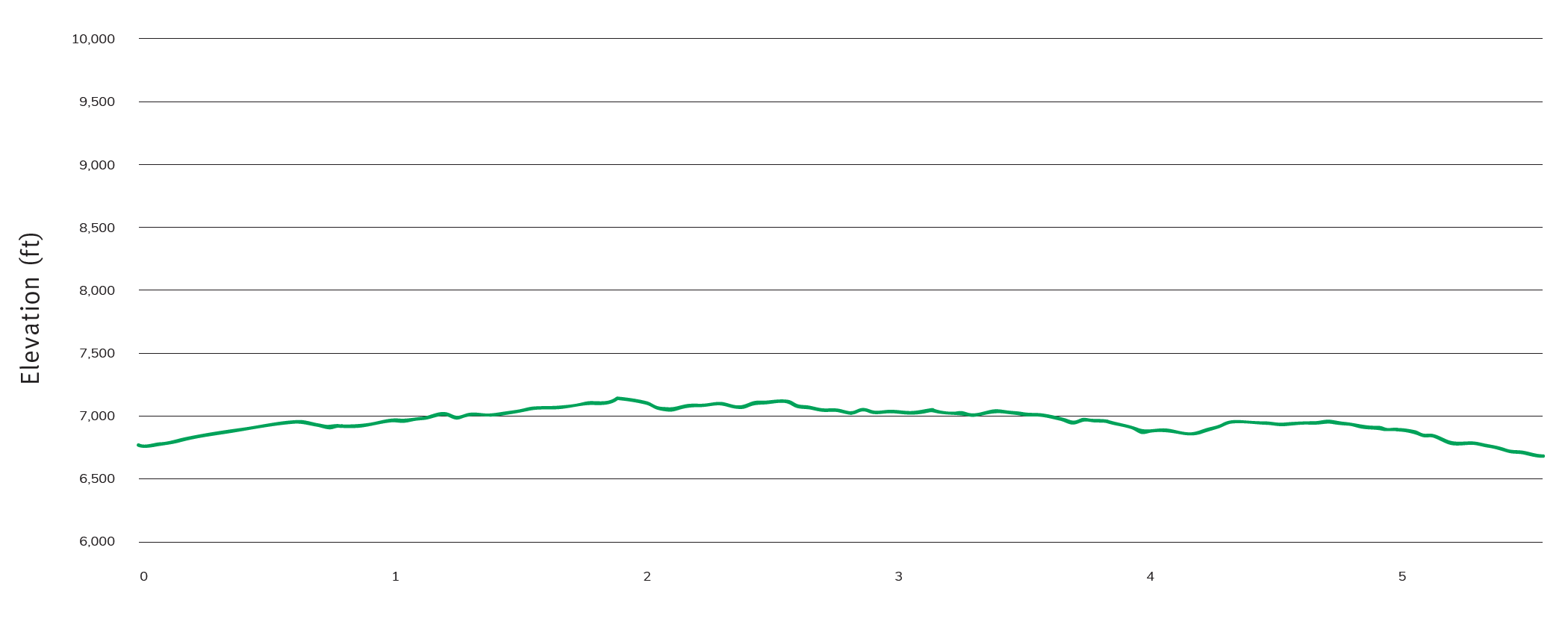SUGGESTED ROUTE BY PRIME CUTS
Lost Prospector
Mileage: 5.6 | Elevation Gain: 520ft

Grunt Factor: 4 | Technical: 5
A “chill” ride to loosen up your legs after a flight or a long car ride. Lost Prospector features an excellent view of town, over City Park, and long, uninterrupted singletrack with mellow grades—perfect for pumping, pedaling, and warming up before moving onto a bigger ride. Oh, and this ride doubles as a great hike!


Background
Lost Prospector is a low-elevation trail and is often one of the first to dry out in the Park City area. It is also believed to be the first machine-built trail in Park City. Its long uninterrupted cut is a favorite among locals and is an easy way to warm up before riding elsewhere or to add miles to the end of a ride. Be careful out there though, there will most likely be hikers and other bikers using this trail as it so easily accessed by the Prospector neighborhood, so please keep an eye out for traffic.
Description
The ride starts on the paved Rail Trail adjacent to the Prospector neighborhood on the northeast side of town. The easiest way is to approach from the west (see Directions/Where to Park below). Free Mason will be on your right after about 100 yards of pavement. Dive right in and settle into the climb. The grade is mellow, the trail is smooth , and it lasts for about 1.5 miles. Around mile 1 you will carve around the mountain and head south. Here you’ll get an excellent view of Park City and City Park. Continue on until you encounter Lost Prospector Trail.
When you reach the Free Mason-Lost Prospector intersection take a left (north) and continue climbing for another 0.5 miles. There will be a few little rocky bits to navigate but overall it should be quite a breeze of a climb. Then the fun starts.
Lost Prospector doesn’t have a lot of grade to it, but it is a descent and it has a lot of character. This means that you’ll be pumping and pedaling to maintain your momentum. This trail can be ridden either way but is best ridden towards the east to take advantage of the rollers and berms. Just like before, there are a few rocky bits to keep you honest. Lost Prospector is 2.8 miles, and you’ll pass other intersecting rails like Masonic and S.O.S. While these are fun, they’ll cut this short loop even shorter. Lost Prospector ends with a short climb to Skid Row.
Skid Row is a rousing descent with lots of corners—some f which are flat. It’s a great test of cornering and braking control. It’s fairly smooth all the way, except for a few rocky spots just like we mentioned above. Skid Row dumps you out on the Rail Trail after 0.8 miles. Head west to go back to town or east to access Round Valley.
Directions & Parking
White Pine Touring’s parking lot is the closest and easiest spot to park for this ride. There is parking on the east side of the building. White Pine Touring is a full-service bike shop (voted the best in Park City numerous times), just in case you need any tubes, tools, energy gels or bars, or to fill up your water bottle. You are also welcome to stop in if you need additional help finding trails or good spots to ride!
Street Address: 1790 Bonanza Drive Park City, UT 84060
Route / Trail List
Free Mason – 1.5 miles
Lost Prospector – 2.8 miles
Skid Row – 0.8 miles
Rail Trail (unmapped connection including distance to parking at White Pine Touring) 1.4 miles
Crucial Trails Intersections
Rail Trail to Free Mason – if you’re parking or riding from White Pine Touring (see Where to Park below) then Free Mason begins to the east about 100 yards down the Rail Trail. It will be on your right and is signed—making it very hard to miss.
Free Mason to Lost Prospector – this is another very hard to miss intersection. After just 1.5 miles, Free Mason rides right into Lost Prospector. Make sure you go left here (north) to continue the ride.
Lost Prospector to Skid Row – just like above, Lost Prospector rides right into Skid Row. The Skid Row Trail will be on your left after riding 2.8 miles on Lost Prospector. You will know you’re close as you will be going up a short climb through some Gambel oak trees.
